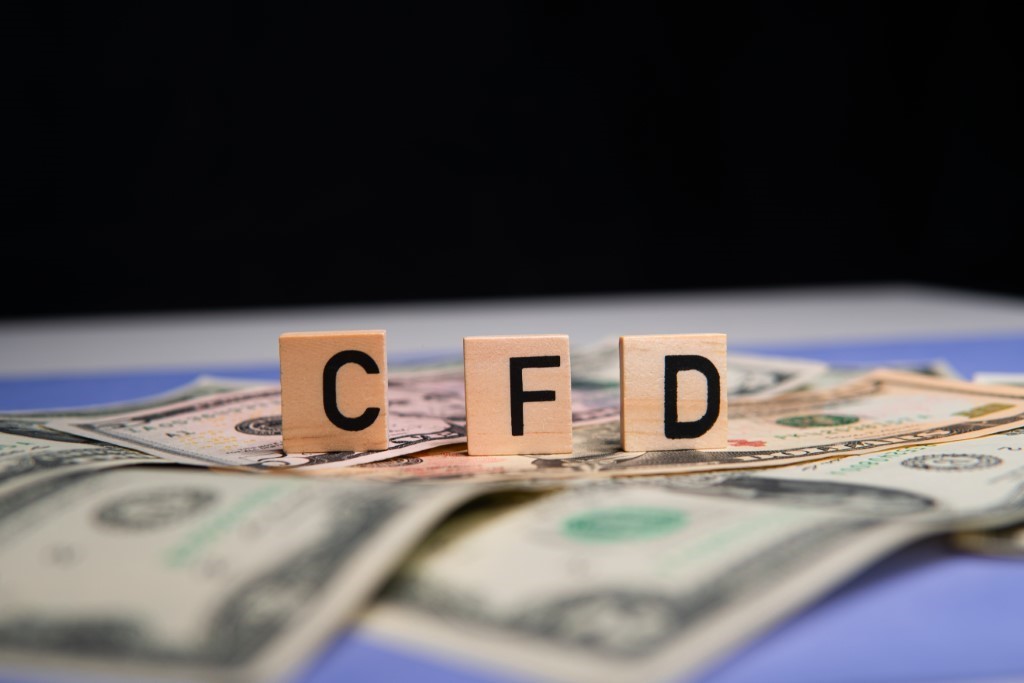How Does CFD Trading Work? Tips For Successful Trading
Have you considered getting into trading but don’t know where to begin or what strategy to take? A contract for difference (CFD) offers a unique way to speculate on asset price movements without ownership. You’ll enter agreements based on price differences rather than holding actual assets. CFD trading can be lucrative but it’s important to […] The post How Does CFD Trading Work? Tips For Successful Trading appeared first on Entrepreneurship Life.


Have you considered getting into trading but don’t know where to begin or what strategy to take? A contract for difference (CFD) offers a unique way to speculate on asset price movements without ownership. You’ll enter agreements based on price differences rather than holding actual assets.
CFD trading can be lucrative but it’s important to understand the mechanics first. It’s not a get-rich-quick scheme. Around 82% of CFD traders in the UK incurred financial losses in 2022. CFD trading is still a gamble for many. (1)
So, how does CFD trading work? This guide explains CFDs and offers tips to help you succeed.
Understanding CFD Trading
Traditionally, investors buy company shares when they expect the stock price to rise. They aim to sell later at a higher price for profit. With CFDs, it’s different. You enter into a contract with a CFD broker, essentially agreeing to pay the difference between the opening and closing price of the CFD. If the price goes your way, you win the difference. Otherwise, you lose money.
Want to trade anything from stocks to gold? CFDs offer a wide range of assets to speculate on. You can choose markets that align with your expertise. This diversity gives you flexibility in choosing which markets you want to participate in. So, it’s not surprising nearly 560,000 customers traded CFD products monthly in 2020. (2)
But take note: regulations on CFD trading vary worldwide. It’s banned in some countries like the US and Brazil but unrestricted in others. Check your local laws before getting started. (3)
Mechanics of CFD Trading
How does CFD trading work and how does it help you earn money? Here’s a breakdown of the key mechanics:
Going Long vs. Going Short
There are two main ways to approach a CFD trade: going long or going short. Say you believe the price of gold is on the rise. You can go long on a gold CFD, meaning you’re buying a contract that profits if the price goes up. If your prediction is right, you pocket the difference between the buying and selling price.
Leverage Explained
A key feature of CFD trading is leverage. It essentially allows you to control a larger position in an asset with a smaller initial investment. Leverage can be a double-edged sword. It boosts your gains but also magnifies losses. Tread carefully!
Margin Requirements
Because you’re not buying the underlying asset with CFDs, you only need to put up a deposit, called the margin, to control a larger position. Margin requirements differ based on the asset and broker. They’re usually a percentage of your total trade value.
Order Placement
When trading CFDs, you’ll place orders to enter and exit positions. Order types like market (buy/sell now) or limit (buy/sell at a specific price) can help. Stop-loss orders can also limit potential losses by automatically closing your trade.
Developing a Trading Strategy
It’s wise not to rush into CFDs. Plan your approach for informed decisions and smart risk management.
Importance of a Trading Plan
A trading plan outlines your goals, risk tolerance, and trading style. Your strategy should outline traded assets, capital allocation per trade, and exit plans for both profits and losses.
Basic Technical Analysis
Many CFD traders use technical analysis to identify trading opportunities. Studying charts and technical indicators could predict future price movements. Good thing there are tons of technical analysis resources available today. But remember that no one method guarantees success. Hence, combine different approaches for better results.
Fundamental Analysis
It’s a crime to neglect fundamental analysis. This calls for going deep into factors impacting the underlying asset’s value. These can include economic indicators, company financials, as well as political and industry trends. With a solid grasp of fundamentals, you’re well on your way to making informed CFD trading decisions.
Risk Management
Risk management can’t be stressed enough in CFD trading. Stop-loss orders can help — this order type minimizes your losses by closing a contract when a predetermined price has been met. Spread your investments across different assets (diversification). Most of all, risk only a small portion of your capital per trade (position sizing).
Tips for Successful CFD Trading
Now you have a full grasp of CFD mechanics and strategy building. What’s next? Equip yourself with these practical tips for a smooth sailing trading journey:
Start Small
Don’t jump in with huge sums of money right away. That’s a big NO! Begin with smaller trades instead just to gain experience and get comfortable with the CFD platform. This is a great way to manage risk, as well as refine your trading skills before risking larger amounts.
Practice with a Demo Account
Many CFD brokers offer demo accounts with virtual funds. Practice trading CFDs with one of these so you can avoid risking real money. It’s a fantastic opportunity to test your strategies and get a feel for the market before going live.
Stay Informed
You should monitor news affecting CFD prices if you want to make killer decisions. Financial news sites and economic calendars can be your best pals in this department. Also, take note that economic data releases, central bank decisions, and company earnings reports are what can influence CFD prices.
Develop Discipline
Emotions can cloud your judgment, especially in fast-paced endeavors like CFD trading. So, stick to your game plan and avoid making impulsive choices.
Continuous Learning
Financial markets can be quite complicated. Your weapon? Continuous learning. New strategies and market trends sprout like mushrooms; you’ve got to keep up if you want to win. Dedicate time to stay ahead. You may also consider having a mentor if you’re after an extra boost in CFD trading performance.
Conclusion
CFD trading is just like any trading strategy. It offers potential rewards; however it comes with inherent risks. But don’t let that stop you from trying. Understand the mechanics. Craft a sure-fire strategy. Manage risk effectively. In no time, success will be knocking on your door.
References
- “Share of investors experiencing financial losses when trading contracts for difference (CFDs) in the United Kingdom (UK) in 2022,” Source: https://www.statista.com/statistics/1415219/portion-of-investors-experiencing-financial-losses-when-trading-cfds-in-the-uk/
- “CFD Trading UK – 2021 Market Outlook – Trading Authority Study,” Source: https://www.prnewswire.com/news-releases/cfd-trading-uk–2021-market-outlook—trading-authority-study-301302686.html
- “Contract for Differences (CFD): Overview and Examples,” Source: https://www.investopedia.com/articles/stocks/09/trade-a-cfd.asp
The post How Does CFD Trading Work? Tips For Successful Trading appeared first on Entrepreneurship Life.














